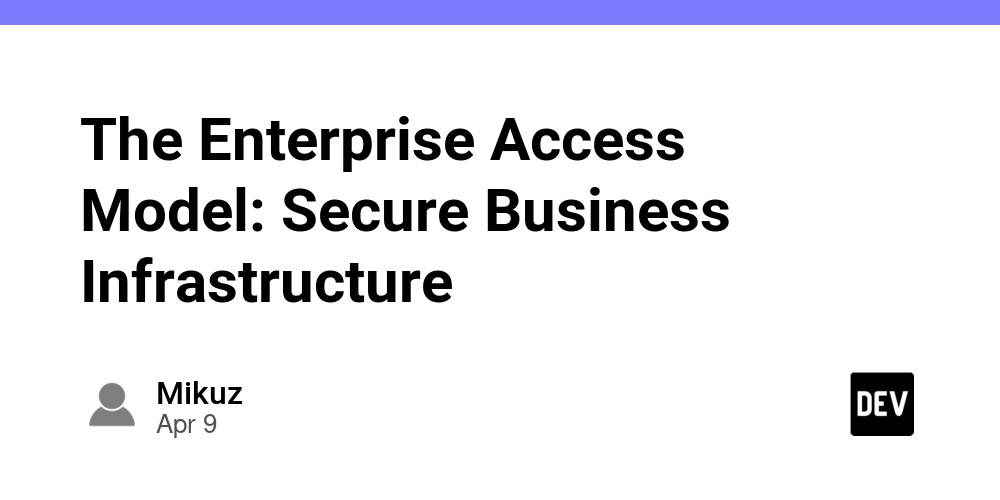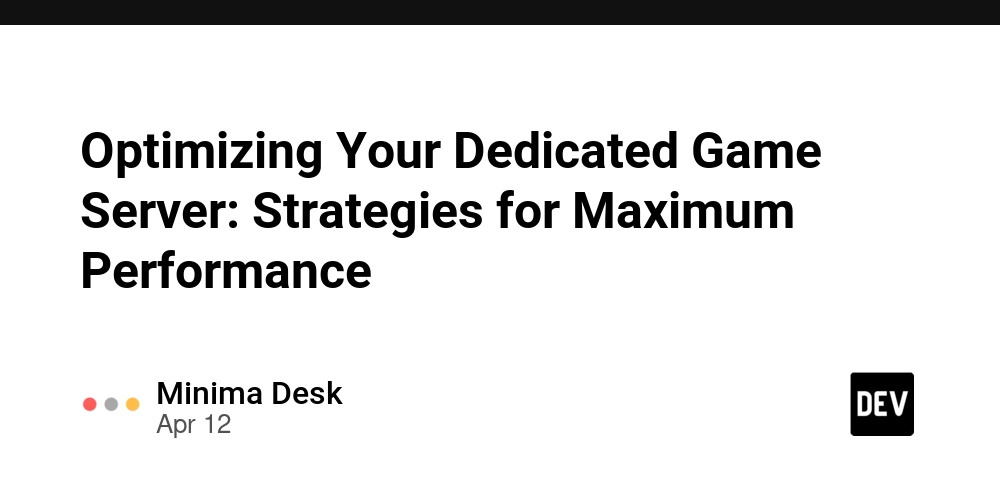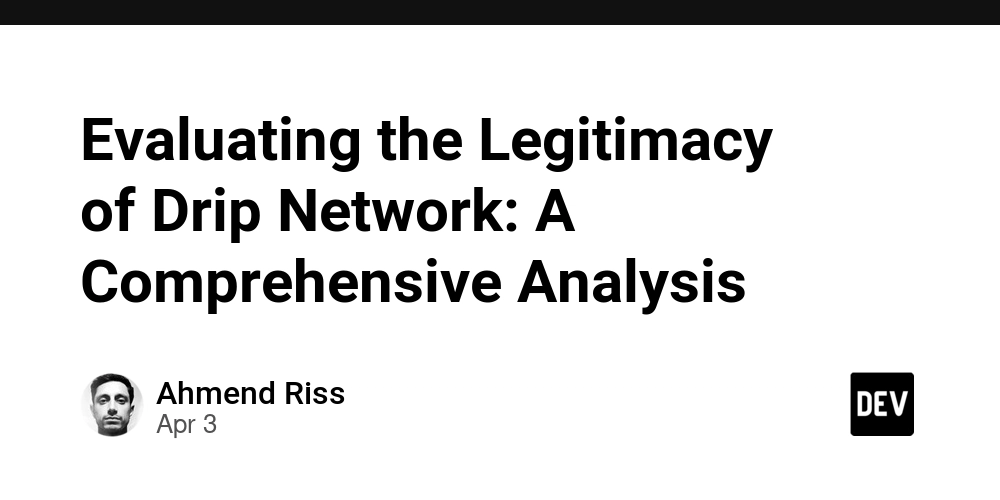The Enterprise Access Model: Secure Business Infrastructure
Modern organizations face growing security threats, with identity-based attacks increasing by 61% in 2023. The enterprise access model provides a structured framework to protect critical systems while maintaining operational efficiency. This security approach combines tiered access controls, strong authentication protocols, and continuous monitoring to safeguard business infrastructure against evolving cyber threats. Core Principles of the Enterprise Access Model Tiered Security Architecture The model organizes access into three distinct security tiers: Tier 0: Protects foundational infrastructure (domain controllers, identity systems) Tier 1: Secures administrative systems and server management Tier 2: Governs standard user workstations and applications Strict Authentication Measures Mandatory multi-factor authentication (MFA) for all privileged access Biometric verification for Tier 0 systems Just-in-time privilege elevation instead of standing access Continuous Monitoring & Response Real-time activity logging across all tiers Automated alerts for suspicious access patterns Rapid incident response protocols Implementation Best Practices 1. Access Segmentation Clearly define security boundaries between tiers Implement network micro-segmentation Enforce least-privilege access principles 2. Privileged Access Workstations (PAWs) Dedicated, hardened devices for administrative tasks Application whitelisting and restricted internet access Regular security updates and configuration audits 3. Emergency Access Management Securely stored break-glass accounts Dual-control activation requirements Comprehensive logging of all emergency access Enhancing Security with Advanced Solutions Modern security tools complement the enterprise access model: Cayosoft Guardian: Real-time Active Directory monitoring and recovery Microsoft Entra ID: Cloud-based identity and access management PAM Solutions: Privileged access management with approval workflows Conclusion The enterprise access model provides a comprehensive framework for securing modern business infrastructure. By implementing tiered security controls, enforcing strict authentication, and leveraging advanced monitoring tools, organizations can significantly reduce their attack surface while maintaining business agility. FAQs Q: What is the enterprise access model? A: A security framework that uses tiered access controls to protect critical systems. Q: How does it differ from traditional RBAC? A: It adds security tiers, adaptive authentication, and continuous monitoring beyond basic role-based controls. Q: Does it work in cloud environments? A: Yes, it integrates with hybrid and multi-cloud infrastructures including Entra ID and AWS IAM.

Modern organizations face growing security threats, with identity-based attacks increasing by 61% in 2023. The enterprise access model provides a structured framework to protect critical systems while maintaining operational efficiency. This security approach combines tiered access controls, strong authentication protocols, and continuous monitoring to safeguard business infrastructure against evolving cyber threats.
Core Principles of the Enterprise Access Model
Tiered Security Architecture
The model organizes access into three distinct security tiers:
- Tier 0: Protects foundational infrastructure (domain controllers, identity systems)
- Tier 1: Secures administrative systems and server management
- Tier 2: Governs standard user workstations and applications
Strict Authentication Measures
- Mandatory multi-factor authentication (MFA) for all privileged access
- Biometric verification for Tier 0 systems
- Just-in-time privilege elevation instead of standing access
Continuous Monitoring & Response
- Real-time activity logging across all tiers
- Automated alerts for suspicious access patterns
- Rapid incident response protocols
Implementation Best Practices
1. Access Segmentation
- Clearly define security boundaries between tiers
- Implement network micro-segmentation
- Enforce least-privilege access principles
2. Privileged Access Workstations (PAWs)
- Dedicated, hardened devices for administrative tasks
- Application whitelisting and restricted internet access
- Regular security updates and configuration audits
3. Emergency Access Management
- Securely stored break-glass accounts
- Dual-control activation requirements
- Comprehensive logging of all emergency access
Enhancing Security with Advanced Solutions
Modern security tools complement the enterprise access model:
- Cayosoft Guardian: Real-time Active Directory monitoring and recovery
- Microsoft Entra ID: Cloud-based identity and access management
- PAM Solutions: Privileged access management with approval workflows
Conclusion
The enterprise access model provides a comprehensive framework for securing modern business infrastructure. By implementing tiered security controls, enforcing strict authentication, and leveraging advanced monitoring tools, organizations can significantly reduce their attack surface while maintaining business agility.
FAQs
Q: What is the enterprise access model?
A: A security framework that uses tiered access controls to protect critical systems.
Q: How does it differ from traditional RBAC?
A: It adds security tiers, adaptive authentication, and continuous monitoring beyond basic role-based controls.
Q: Does it work in cloud environments?
A: Yes, it integrates with hybrid and multi-cloud infrastructures including Entra ID and AWS IAM.




























![[Webinar] AI Is Already Inside Your SaaS Stack — Learn How to Prevent the Next Silent Breach](https://blogger.googleusercontent.com/img/b/R29vZ2xl/AVvXsEiOWn65wd33dg2uO99NrtKbpYLfcepwOLidQDMls0HXKlA91k6HURluRA4WXgJRAZldEe1VReMQZyyYt1PgnoAn5JPpILsWlXIzmrBSs_TBoyPwO7hZrWouBg2-O3mdeoeSGY-l9_bsZB7vbpKjTSvG93zNytjxgTaMPqo9iq9Z5pGa05CJOs9uXpwHFT4/s1600/ai-cyber.jpg?#)













































































































































![[The AI Show Episode 144]: ChatGPT’s New Memory, Shopify CEO’s Leaked “AI First” Memo, Google Cloud Next Releases, o3 and o4-mini Coming Soon & Llama 4’s Rocky Launch](https://www.marketingaiinstitute.com/hubfs/ep%20144%20cover.png)





































































































































































































![Rogue Company Elite tier list of best characters [April 2025]](https://media.pocketgamer.com/artwork/na-33136-1657102075/rogue-company-ios-android-tier-cover.jpg?#)







































































_Andreas_Prott_Alamy.jpg?width=1280&auto=webp&quality=80&disable=upscale#)































































































![What’s new in Android’s April 2025 Google System Updates [U: 4/18]](https://i0.wp.com/9to5google.com/wp-content/uploads/sites/4/2025/01/google-play-services-3.jpg?resize=1200%2C628&quality=82&strip=all&ssl=1)








![Apple Watch Series 10 Back On Sale for $299! [Lowest Price Ever]](https://www.iclarified.com/images/news/96657/96657/96657-640.jpg)
![EU Postpones Apple App Store Fines Amid Tariff Negotiations [Report]](https://www.iclarified.com/images/news/97068/97068/97068-640.jpg)
![Apple Slips to Fifth in China's Smartphone Market with 9% Decline [Report]](https://www.iclarified.com/images/news/97065/97065/97065-640.jpg)
































































































































